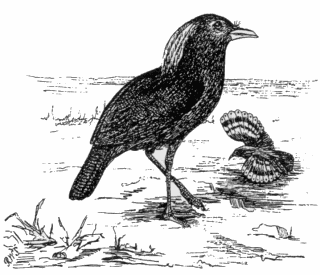 |
Science Frontiers ONLINE No. 136: JUL-AUG 2001 |
|
|
Grunting Transcends Biological And Geographical Boundaries
Animals usually grunt for worms by stomping on the ground after a rain. Just why the worms below rush to expose themselves upon detecting these seismic signals is known only to them. Perhaps they think more rain is falling or that a mole is burrowing toward them. All we know is that grunting works. In the article under review, English seagulls are reported doing a flat-footed version of an Irish jig to entice their dinner to the surface. Oystercatchers, on the other hand, prefer a reel-like dance in which they cavort in circles and straight lines. Somehow, the grunting technique has been communicated to birds everywhere. Red-billed gulls in New Zealand grunt for worms, so do the olive thrushes of South Africa.
(Smith, Richard Hoseason, et al; "Rain Dance," New Scientist, p. 102, May 12, 2001.)
Comment. It is mildly anomalous that this unlikely hunting technique is found in so many places and employed by so many species. Our own research adds that strange New Caledonian bird, the kagu, to the list of worm-grunters. How did the kagu on an isolated Pacific island learn the technique? And in the States, another very strange bird, the woodcock, can sometimes be seen engaged in a weird rocking motion that is believed to set uppressure waves in the soil that lures earthworms to within reach of its long, forceps-like bill. (See BBB18 in Biological Anomalies: Birds)
 Besides indulging in strange, wild dances, the New Caledonian kagu grunts for worms. |
Other Sites of Interest
|